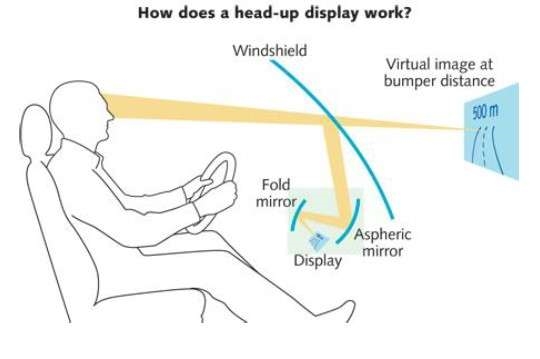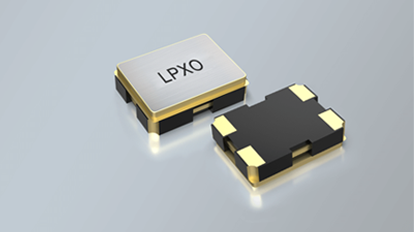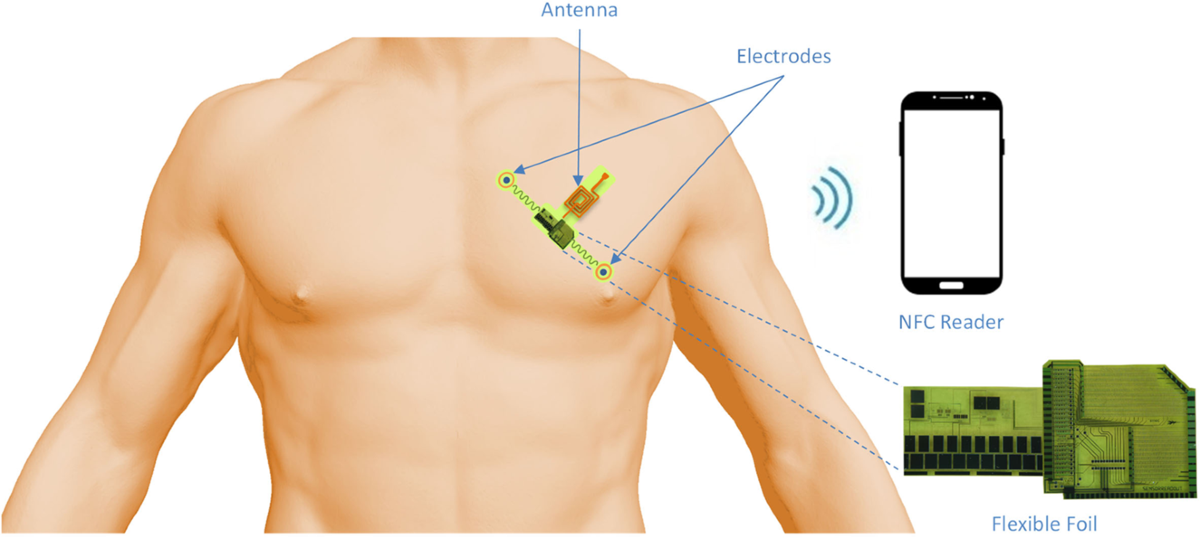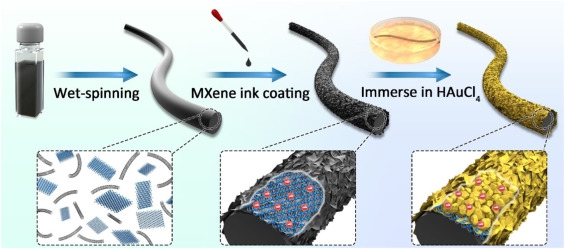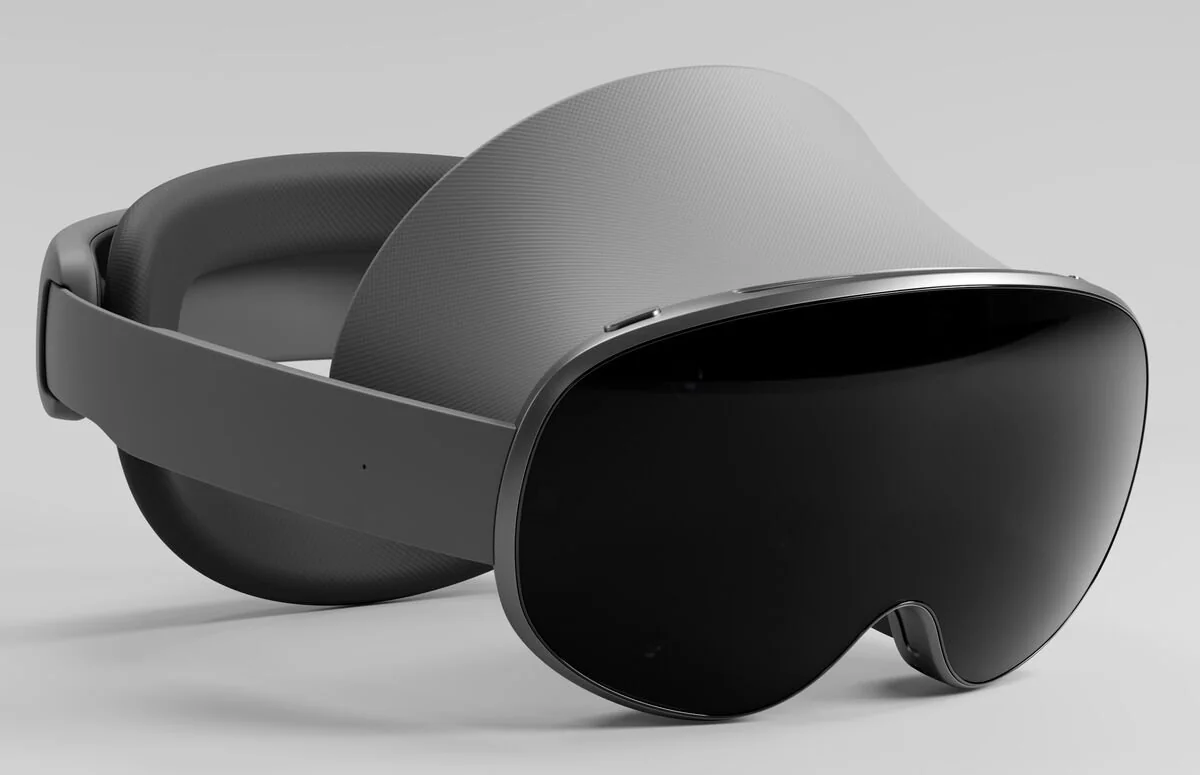Overview
Monitoring vital signs enables timely assessment of physiological status and appropriate preventive or interventional measures. Vital sign signals are typically weak and easily affected by interference, so achieving accurate monitoring is challenging.
Pulse oximetry principles (excerpt)
Pulse oximeters measure based on the change in optical absorption when hemoglobin (Hb) binds oxygen to form oxyhemoglobin (HbO2).
Blood oxygen saturation is determined by comparing absorption of infrared light (940 nm) and deep red light (640 nm).
Deoxyhemoglobin absorbs red light (λ = 660 nm) much more strongly than oxyhemoglobin. At higher wavelengths (for example infrared λ = 940 nm), oxyhemoglobin absorbs more strongly than deoxyhemoglobin.

New-generation AFE AS705X series
- AS7050: ECG and PPG signal acquisition, with 8 emitters and 6 photodiodes. Suitable for smartwatches or medical patches using complex optical designs.
- AS7057/56: Uses 3 emitters and 3 photodiodes for PPG acquisition and programmable proximity sensing. Compact form factor suitable for space-constrained applications such as hearable devices, hearing aids, and accessories (for example rings or necklaces).
- AS7056: Provides dedicated pins to drive VCSEL emitters and includes safety functions.
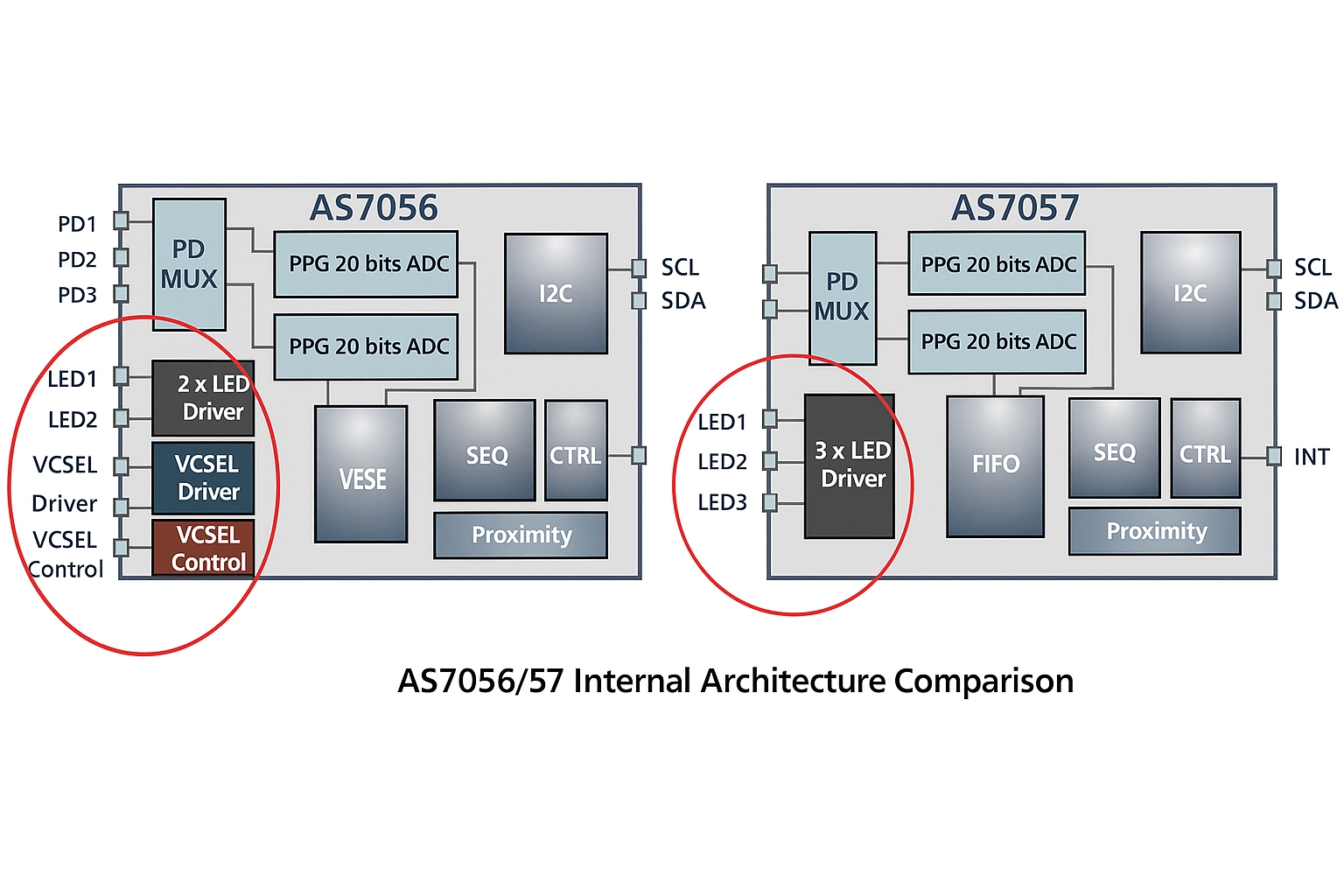
 ALLPCB
ALLPCB



